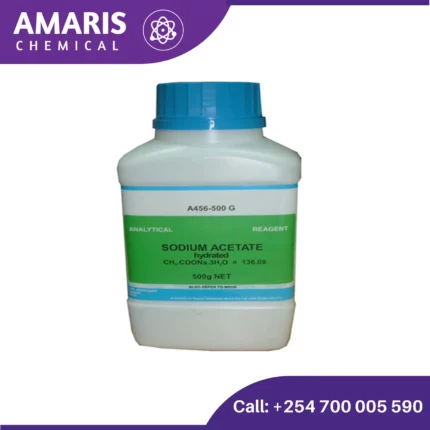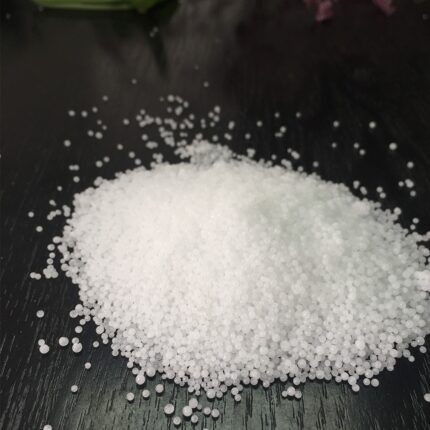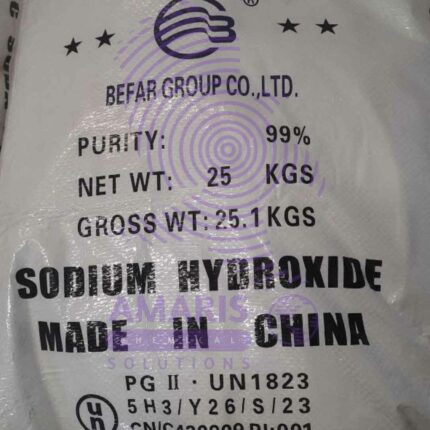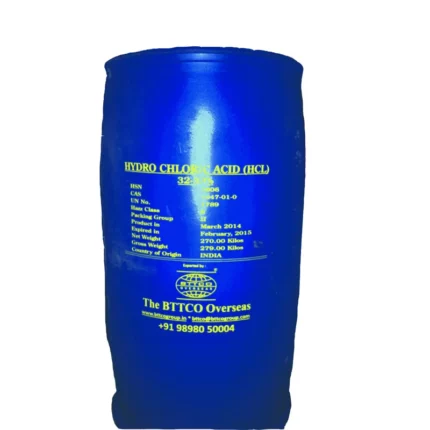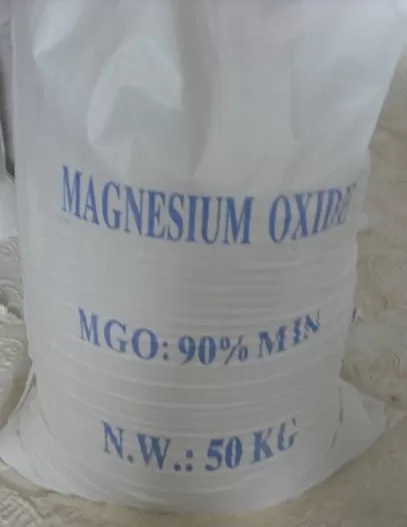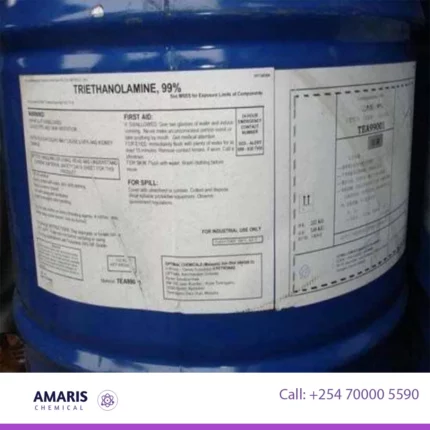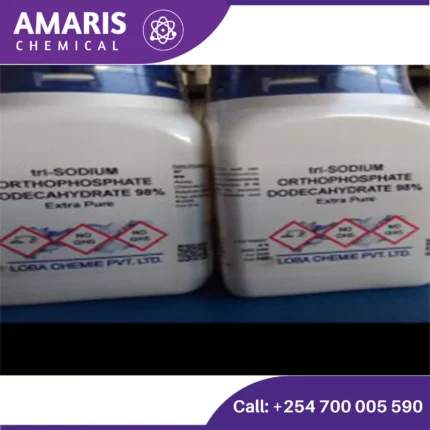“Hand Gel” has been added to your cart. View cart
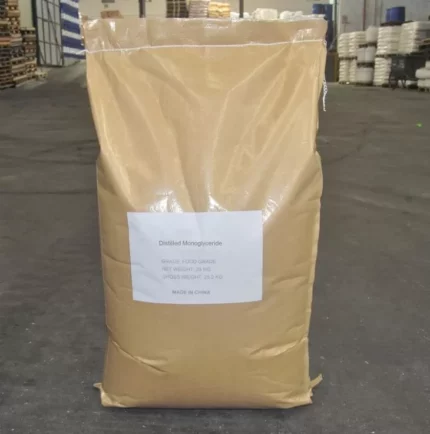
Glycerol Monostearate (GMS)
KSh0.01 Original price was: KSh0.01.KSh0.00Current price is: KSh0.00.

Tartaric acid Food Grade
KSh0.01 Original price was: KSh0.01.KSh0.00Current price is: KSh0.00.
Hydrazine Food Grade
KSh0.01 Original price was: KSh0.01.KSh0.00Current price is: KSh0.00.
Categories: Oxidizing Agents, PH Adjusters
Shipping & Delivery
Related products
AcetateSodium 500gm
Acidulants, Analytical Reagents, Excipients, Microbiology and Cell Culture Reagents, PH Adjusters, Preservatives
Sodium acetate is a compound with the chemical formula CH3COONa. It is often found as the trihydrate form, meaning it has three water molecules attached to the acetate ion. This compound is commonly used in various industries, including food production, where it serves as a preservative or acidity regulator. In chemistry, it's used in buffers and sometimes as a reagent. Sodium acetate is also utilized in heating pads for its ability to undergo a process called crystallization that releases heat when needed.
Caustic Soda Flakes 25 kg bags
Caustic Soda Flakes (Sodium hydroxide,) commonly known as caustic soda or lye, is a highly caustic and alkaline compound that is used in various industries for its strong basic properties, including the production of soaps, detergents, and paper. It is a white, odorless solid that is highly soluble in water and can be extremely hazardous if not handled properly. Sodium hydroxide is a strong base that can cause severe burns and tissue damage upon contact with skin and other organic matter.
Caustic Soda Pearls 25 kg bag
Sodium hydroxide, commonly known as caustic soda or lye, is a highly caustic and alkaline compound that is used in various industries for its strong basic properties, including the production of soaps, detergents, and paper. It is a white, odorless solid that is highly soluble in water and can be extremely hazardous if not handled properly. Sodium hydroxide is a strong base that can cause severe burns and tissue damage upon contact with skin and other organic matter.
Hydrochloric Acid ( HCL ) 270 kg Drum
Hydrochloric acid (HCl) is a strong, colorless, and highly corrosive acid that is widely used in industry and laboratory applications. It is a solution of hydrogen chloride gas in water and is commonly known as muriatic acid. Hydrochloric acid is a highly reactive compound that can dissolve many metals and organic materials, and it is also an important component of the gastric acid in the stomach, where it helps in the digestion of food. Hydrochloric acid has a pungent odor and can cause severe burns and eye damage if handled improperly. It is commonly used in the production of PVC plastics, fertilizers, and various other chemicals, and it is also used in the petroleum industry for the removal of impurities from oil and gas wells.
Magnesium oxide 25kg
Magnesium oxide is a chemical compound consisting of magnesium (Mg) and oxygen (O). It is commonly known as magnesia or periclase. Here are some key points about magnesium oxide:
- Chemical Formula: The chemical formula for magnesium oxide is MgO.
- Physical Properties:
- It is a white solid at room temperature.
- Magnesium oxide has a high melting point of 2,852°C (5,166°F), making it useful in high-temperature applications.
- It is insoluble in water.
- Formation: Magnesium oxide is typically formed by the calcination (heating) of magnesium carbonate or magnesium hydroxide.
Sodium Hydroxide Pearls 500gm
Analytical Reagents, Builders, Coagulants and Flocculants, Drilling Fluids, Excipients, Finishing Agents, PH Adjusters
Sodium Hydroxide Pearls are small, solid beads of sodium hydroxide, a strong alkaline compound. They are commonly used in industrial applications, including cleaning, pH regulation, and chemical synthesis. The pearls dissolve easily in water, forming a highly caustic solution that can handle a variety of tasks, from de-greasing surfaces to adjusting the acidity of solutions. They require careful handling due to their corrosive nature and can cause severe chemical burns if not used properly.
Triethanolamine (TEA)
Triethanolamine (TEA) is a viscous organic compound that belongs to the class of alkanolamines. It is characterized by its three hydroxyl groups, which make it a triol. TEA is a versatile chemical compound used in various industries, including cosmetics, pharmaceuticals, textiles, and metalworking.
The best definition of triethanolamine can be summarized as follows: Triethanolamine (TEA) is a colorless, viscous liquid compound with the chemical formula C6H15NO3. It is produced by the reaction of ethylene oxide with ammonia, followed by subsequent ethylation. TEA has the ability to act as both a weak base and a weak acid, making it an excellent pH adjuster and buffer in many applications. It is widely used as an emulsifier, surfactant, pH regulator, and corrosion inhibitor in numerous industrial and consumer products.
Trisodium Orthophosphate 500gm
Trisodium phosphate is a chemical compound with the formula Na3PO4. It is a highly soluble, white, crystalline powder that is commonly used as a cleaning agent, food additive, and stain remover. TSP is made by combining sodium hydroxide (caustic soda) with phosphoric acid, and it has a variety of uses in industrial, commercial, and domestic settings due to its alkalinity and ability to emulsify oils and grease. However, TSP can also be toxic if ingested or inhaled, and it is important to handle it with care and follow appropriate safety precautions when using it.

